Technical Specification Summary:
Component / Feature |
Description |
CPU |
Intel 8086 or replaceable 8088 @ 2.5/5 MHz |
RAM |
16 KB (6264 IC), battery backup optional |
EPROM |
16 KB (2764 or 27128), preloaded with monitor |
Memory Expandability |
Up to 384 KB total |
Memory Mapping |
User-definable (flexible segmentation) |
8255 (x2) |
48 I/O lines (used for digital input/output control) |
8253 |
3 × 16-bit timers/counters (for delays, frequency generation, etc.) |
8251 USART |
Serial communication via RS-232C |
Baud Rate |
DIP-switch selectable |
Input Interface |
28-key keyboard (hex-style) |
Display Interface |
8 × 7-segment LED display |
Monitor Program Modes |
Keyboard or Serial Mode |
System Buses Available |
All control/data/address lines exposed on FRC connectors |
Monitor Commands |
GO, EXAMINE/MODIFY, SINGLE STEP, BLOCK MOVE, FILL, INSERT, DELETE, IN/OUT byte/word |
PC Connectivity |
Upload/download via RS-232 serial link |
Software Tools |
Built-in Assembler/Disassembler |
Power Supply |
Integrated onboard power supply |
🎓 Educational and
Practical Use Cases:
Use Case |
Details |
8086 Assembly Language Programming |
Write, assemble, debug and step through programs using the built-in monitor and assembler. |
I/O Interfacing Projects |
Interfacing LEDs, switches, motors, sensors, etc., via the 8255 ports. |
Timer Applications |
Generate delays or waveforms using 8253 timer counters. |
Serial Communication Experiments |
Establish PC communication using 8251 USART and test serial protocols. |
Memory Mapping Exercises |
Teach segmentation and mapping within 1MB memory space. |
Peripheral Programming |
Learn to program classic Intel chips (8255, 8253, 8251) using low-level instructions. |
Monitor Program Exploration |
Study how low-level operating systems interact with hardware. |
ROM & RAM Programming |
Burn your own EPROM, test EEPROM code, and use RAM with/without battery retention. |
💻 Example Monitor Program Commands:
These may be typed directly via
keyboard or sent via serial terminal (e.g., Tera Term, PuTTY):
M 2000 – Modify memory starting at address 2000H
D 2000 20FF – Dump memory from 2000H to 20FFH
R – Display registers
G 1000 – Go (execute) from address 1000H
I 30 – Input from port 30H
O 40 55 – Output 55H to port 40H
T – Trace single step
🔌 Development
Suggestions:
-
Write 8086 Assembly Programs:
Use built-in assembler or
hand-assemble and enter hex manually.
Example: LED blink via port using
8255.
-
Interfacing Mini Projects:
Digital Clock using 8253 and 7-segment display.
Serial Chat with PC via RS-232 and 8251.
Basic Sensor Input using switches, thermistors, or IR.
-
PC Communication:
Use a serial terminal to download
programs.
Save RAM content to PC or upload new
code from PC to training kit.
🛠️ Tools You Can Use:
-
Assembler – MASM (for code writing, then upload)
-
EPROM Burner – For updating monitor program (if needed)
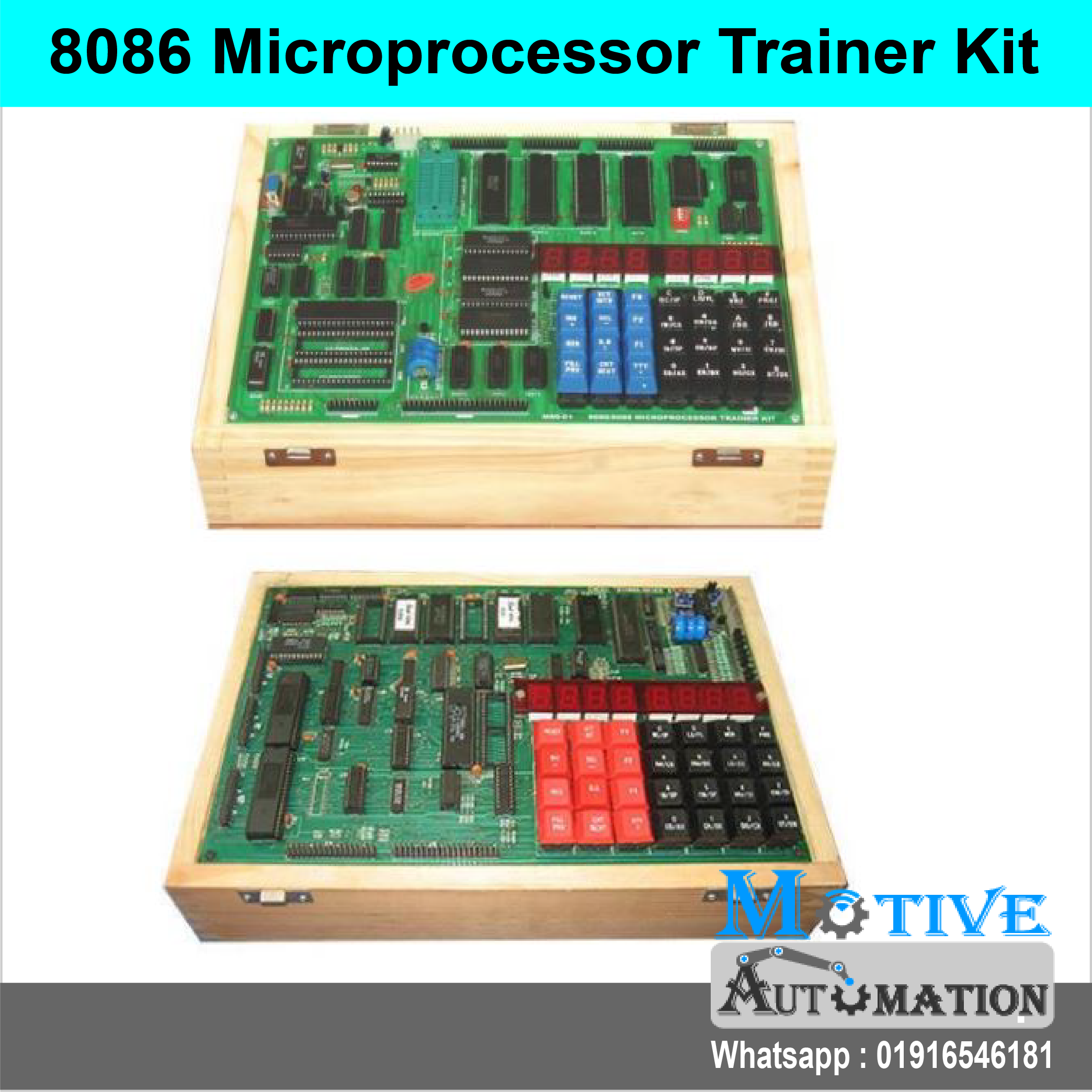
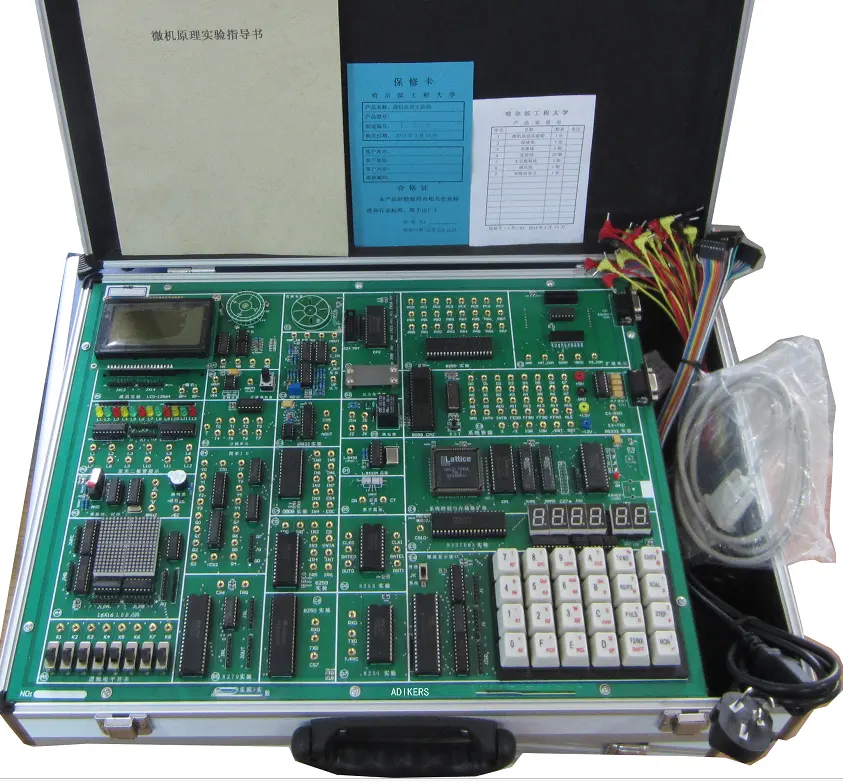




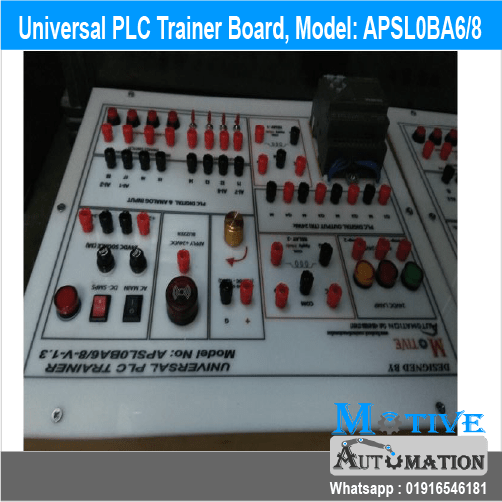


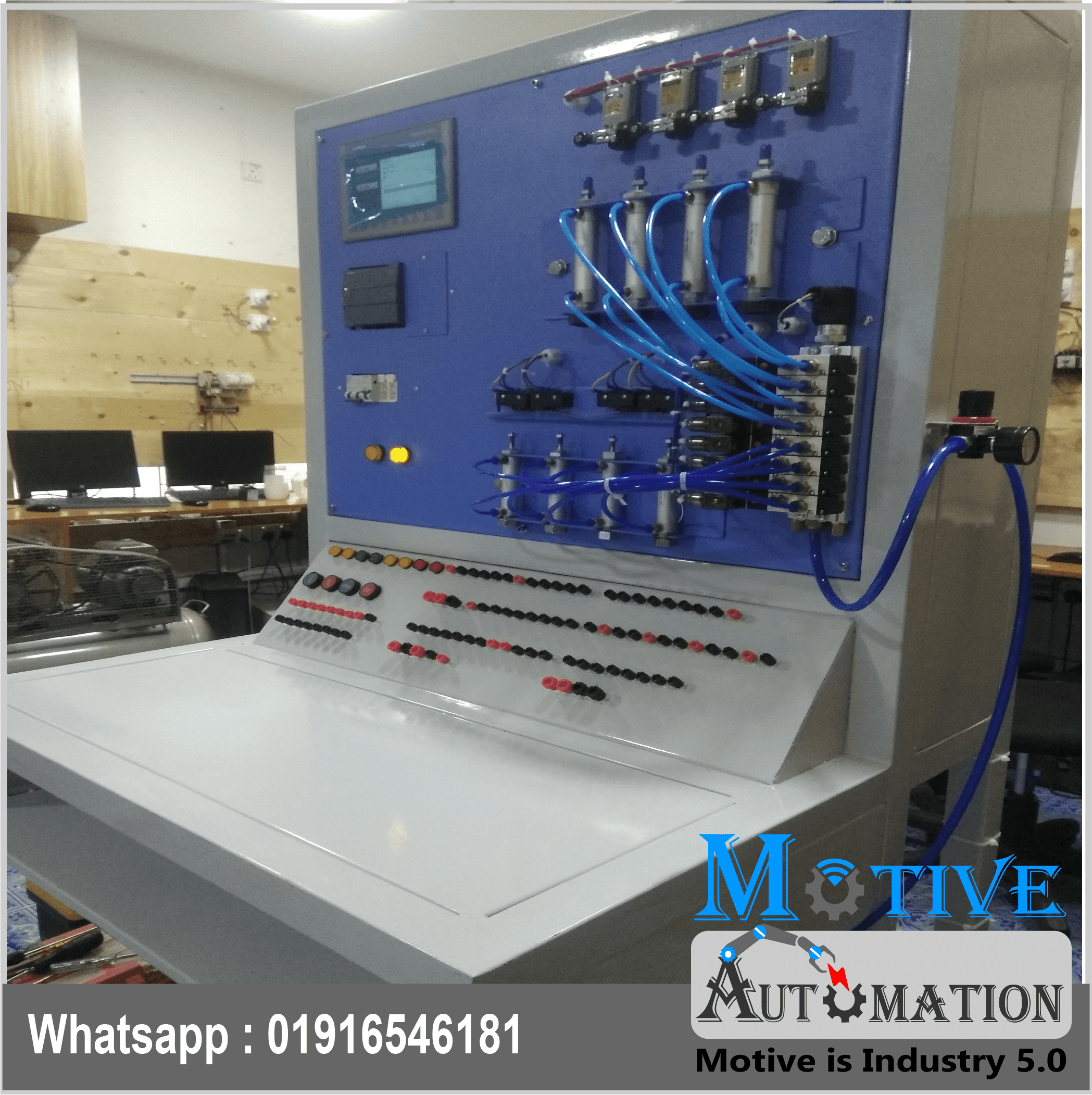



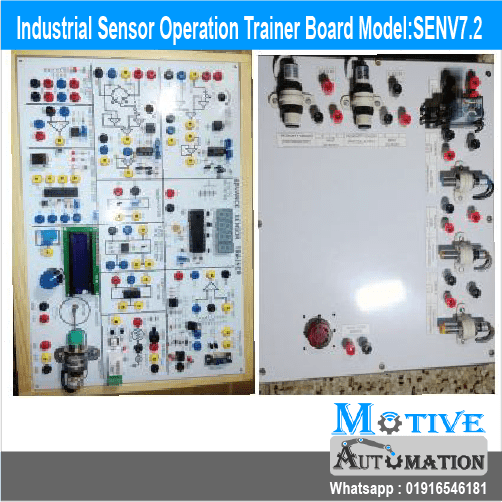





Reviews
There are no reviews yet.